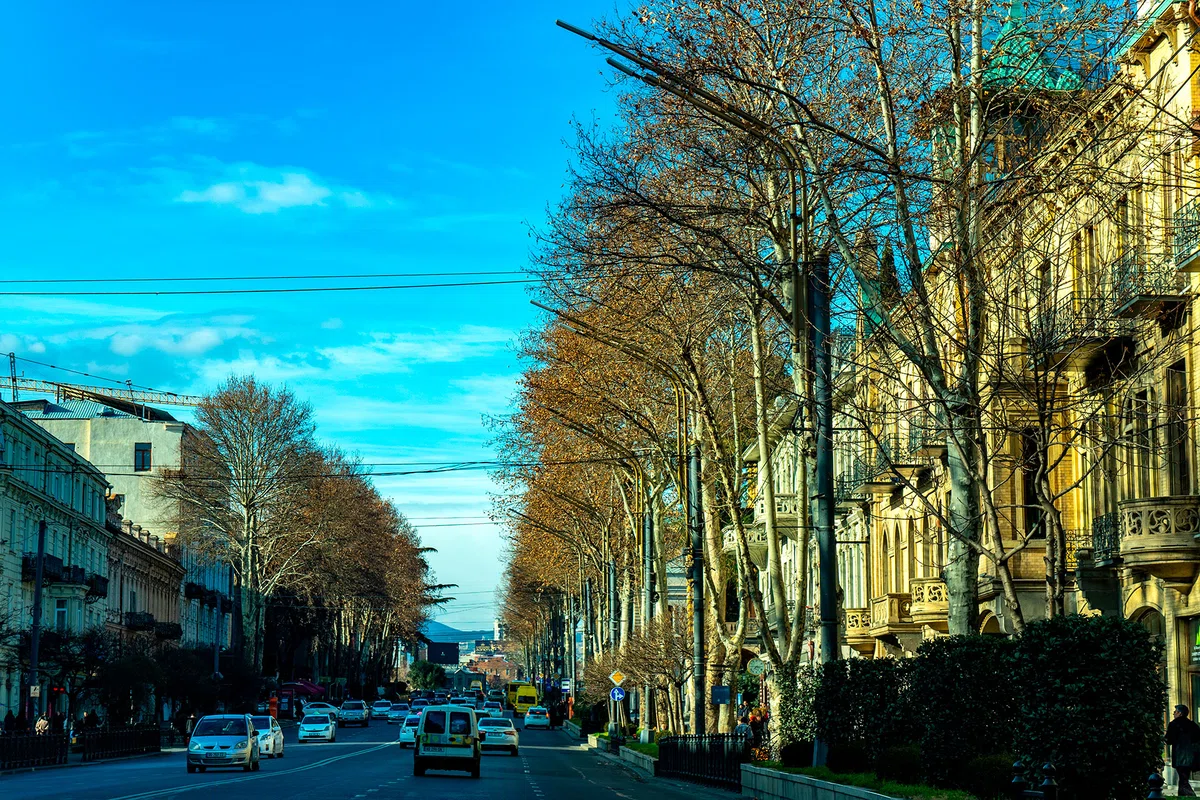
The historical center of Tbilisi is Rustaveli Avenue. A tour of the significant places of the capital of Georgia.
Rustaveli Avenue in Tbilisi, Georgia and its cultural value. Madloba provides full information about the history of the avenue and the landmark houses, monuments. In the article we wrote about the location, why it is considered a historical center and what attracts all tourists so much.
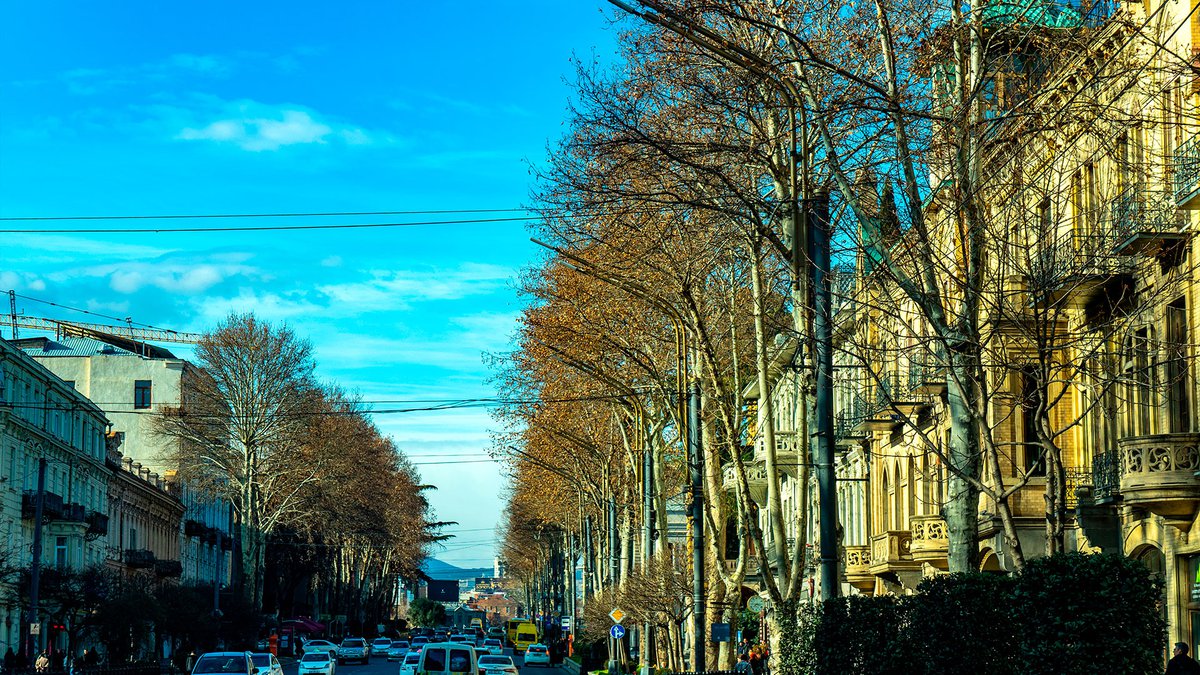
For the main city of Georgia – the capital Tbilisi, Rustaveli Avenue It has become a cultural, architectural and historical center, comparable in importance to Nevsky Prospekt for St. Petersburg. Everyone who visits Rustaveli Avenue can feel the spirit of the city, its powerful energy, which is charged with every building and the mentality of local residents. Each building holds the secrets of history, culture and the centuries-old way of life of the inhabitants of this city. Architectural features attract tourists to delve into the history of each stone of this historical place. The story draws and beckons to come to this powerful place again and again.
The history of Rustaveli Avenue dates back to the times when Russian officials began to look for new places for the construction of residences and administrative buildings, who set the placement behind the old Tiflis as the main criterion for successful construction.
On the main street of Tbilisi, such significant historical events took place as: civil protests (in 2007 and 2011), the declaration of independence of Georgia in the Vorontsov Palace (May 26, 1918), bloody events, the construction of the Digoma Road.

The old town was well protected. Its territory is surrounded by strong walls, there were canals and a ravine on the square in front of the entrance, which were soon filled in, and the square in front of the entrance to the city was leveled. A caravanserai for travelers was located at the entrance gate. The territory that was leveled in front of the gate is now called Freedom Square, the city hall and the headquarters of the Caucasian Army were built there.
This square is the beginning of Golovinsky Avenue, which in 1918 changed its name to Shota Rustaveli Avenue (in honor of the statesman, author of the poem "The Knight in the Tiger Skin").
Not far from the square there is a square named after A.S. Pushkin. Previously, a fair was held at this place on Sundays. In 1884, a square was laid out here, and 8 years later a monument to the great poet was erected, since he stayed in one of the houses on the way to Arzrum. The monument was built at the expense of funds collected by local residents.
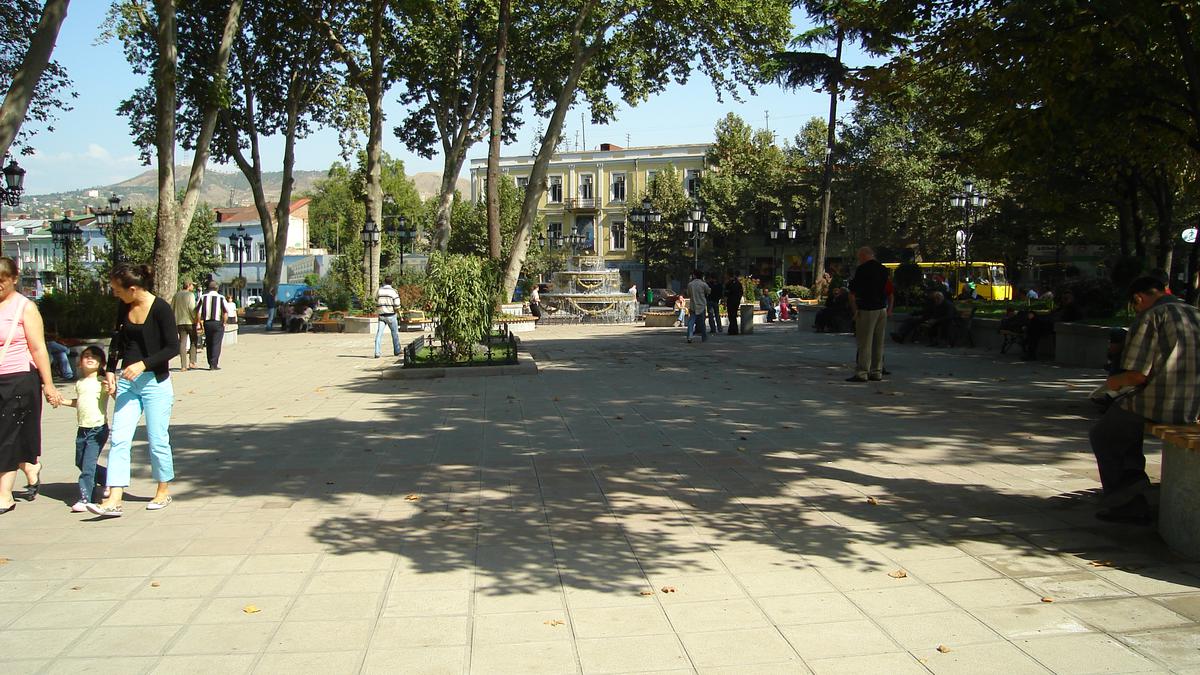
The avenue is located along the Digomskaya road, it has been actively started to be built up. The first building built was the Commander-in-Chief's house, after that they began to build temples, palaces, administrative buildings. Each building has its own history, shrouded in legends and myths. For example, the Kashveti Church, which was built instead of an ancient temple with the same name. In translation, it is called "the giving birth stone". According to legend, one woman accused David of Garedzhi of her pregnancy, and he said that in confirmation of her lies, she would give birth to a stone. That's what happened. Now this church is visited by many tourists and parishioners.
All experienced tourists advise: before visiting historical sites and exploring the sights of this street, so that the visit is interesting and exciting, it is worth reading the history and legends of these places beforehand.
Another attraction is the house of Alexander Melik-Azaryants, which he built in memory of his late daughter. The building itself is made in a gloomy and mourning style: the windows are decorated in the form of tears, and the facade is decorated with funeral wreaths. It was built in 1915 by architect N.A. Obolonsky.
The Academy of Sciences is located on the right side of the subway exit. You can also buy souvenirs and various trinkets here. There is a bus stop nearby. The Paliashvili Opera and Ballet Theater is located across the street. The first theater building was built under Vorontsov in the Caucasus, soon it burned down, and at the end of the XIX century a new theater was erected.
One of the most beautiful buildings is the Shota Rustaveli Theater, which is more than 130 years old, but it still continues to work.
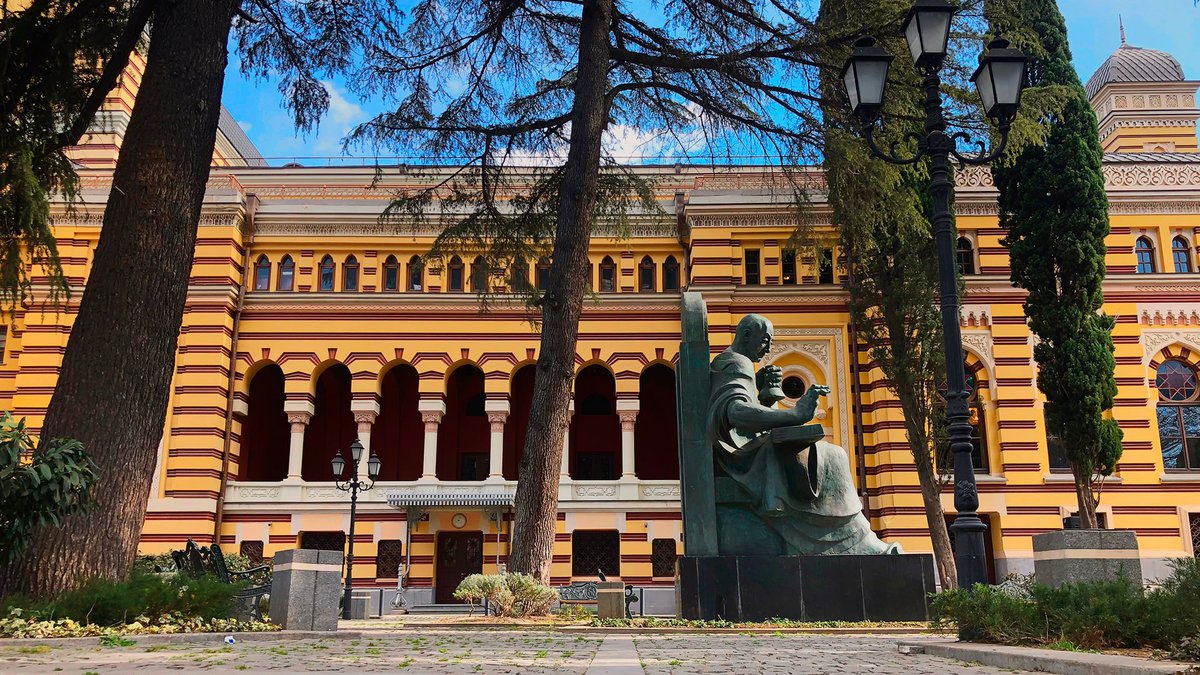
The next significant place is considered to be the "Blue Gallery". Now it is an art gallery, and until 1917 there was a museum of military glory. Two halls are presented for permanent exhibition, and six more for exhibitions of contemporary art.
Opposite the gallery is the first school in Transcaucasia, which has produced many famous and influential people. The parliament building is located nearby, at the moment it is empty, but in the evenings it is beautifully illuminated, like the rest of the buildings. Opposite is the Kashveti Church, which is famous for its frescoes.
One of the oldest buildings is the Vorontsov Palace, now it is the Palace of Youth. It proclaimed the independence of Georgia, Armenia and Azerbaijan.
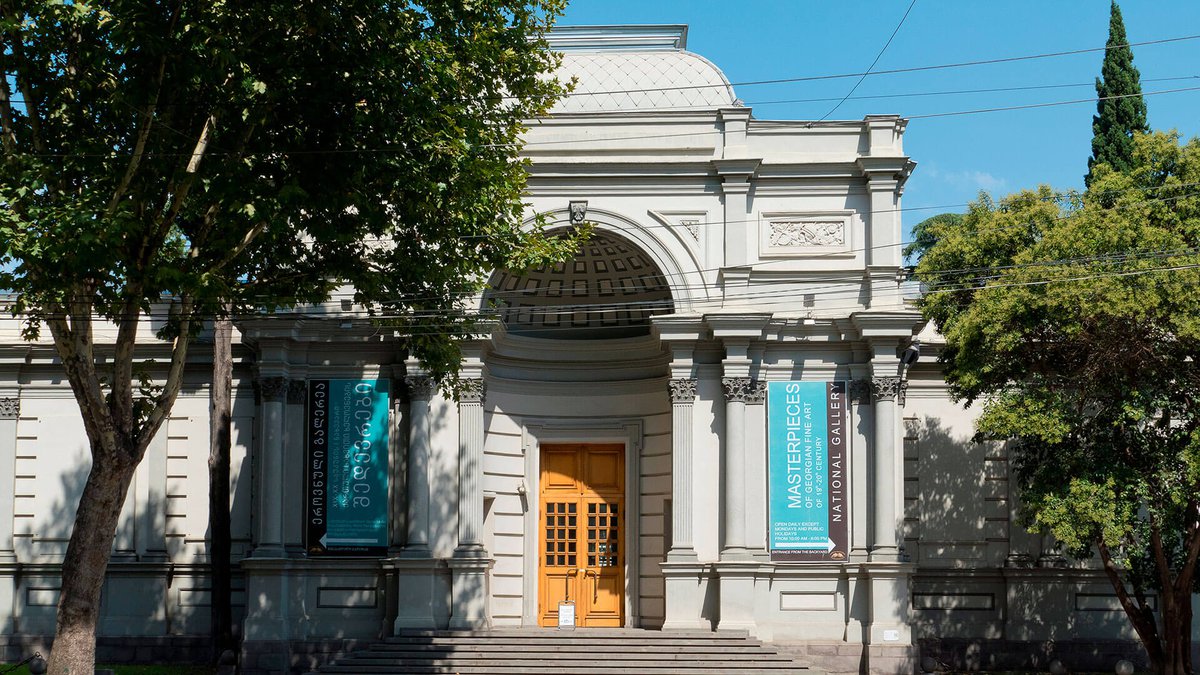
Another attraction worth visiting, – theater named after. Griboyedov, it is also a memorable building in the late Baroque style.
And the final point in the tour is Freedom Square, where a monument to St. George was placed in 2006.
It is worth noting that on the avenue there is a special, reverent and careful attitude of local residents to history, buildings and culture. They not only maintain the image, but also create new memos and attract tourists by playing musical instruments and small sculptures that can be found walking not only along the main street, but also on the streets and alleys adjacent to it.
We can conclude that this is really not a city that you can come to once, see and forget, but a place that fascinates with the beauty of infrastructure, history and legends, where you want to come back again and again, and relax body and soul.
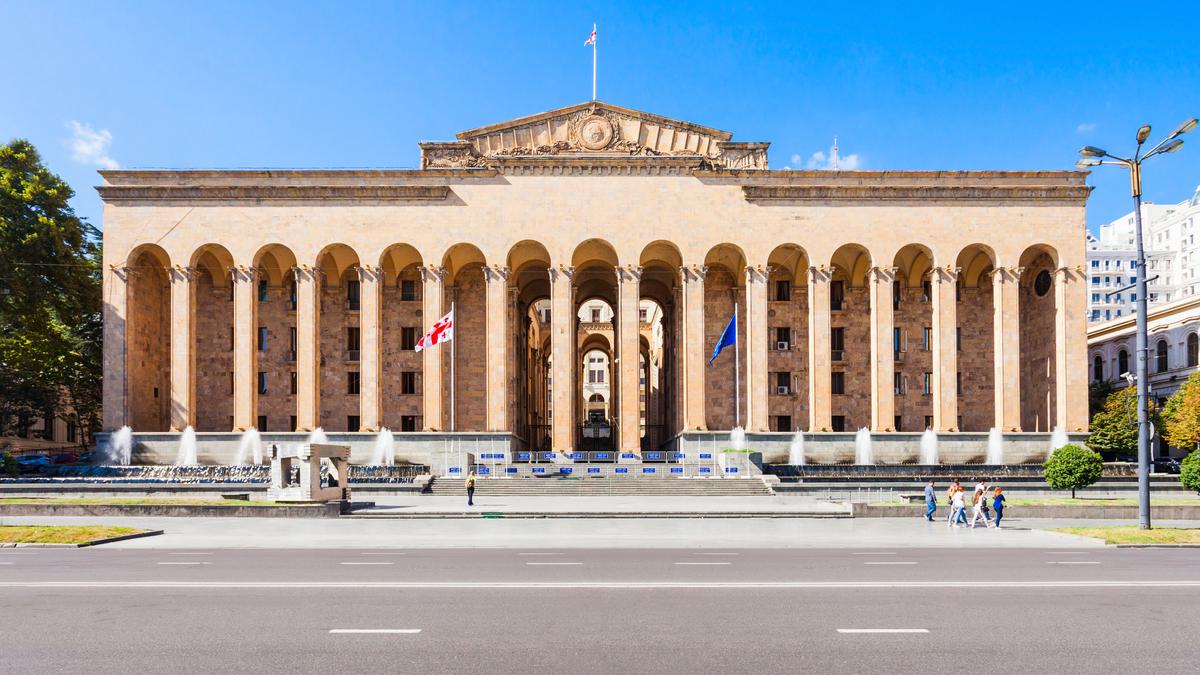




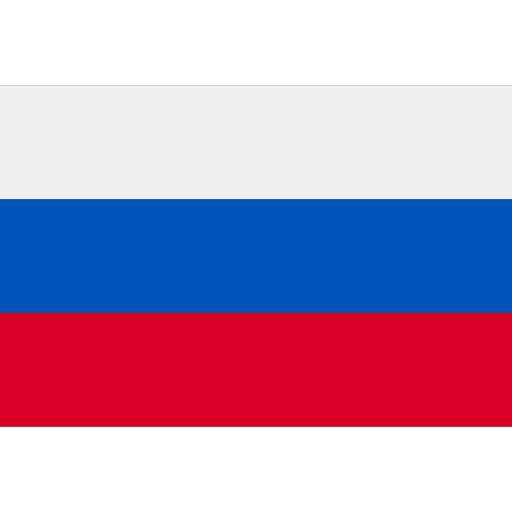







8 comments
Log in to leave a comment